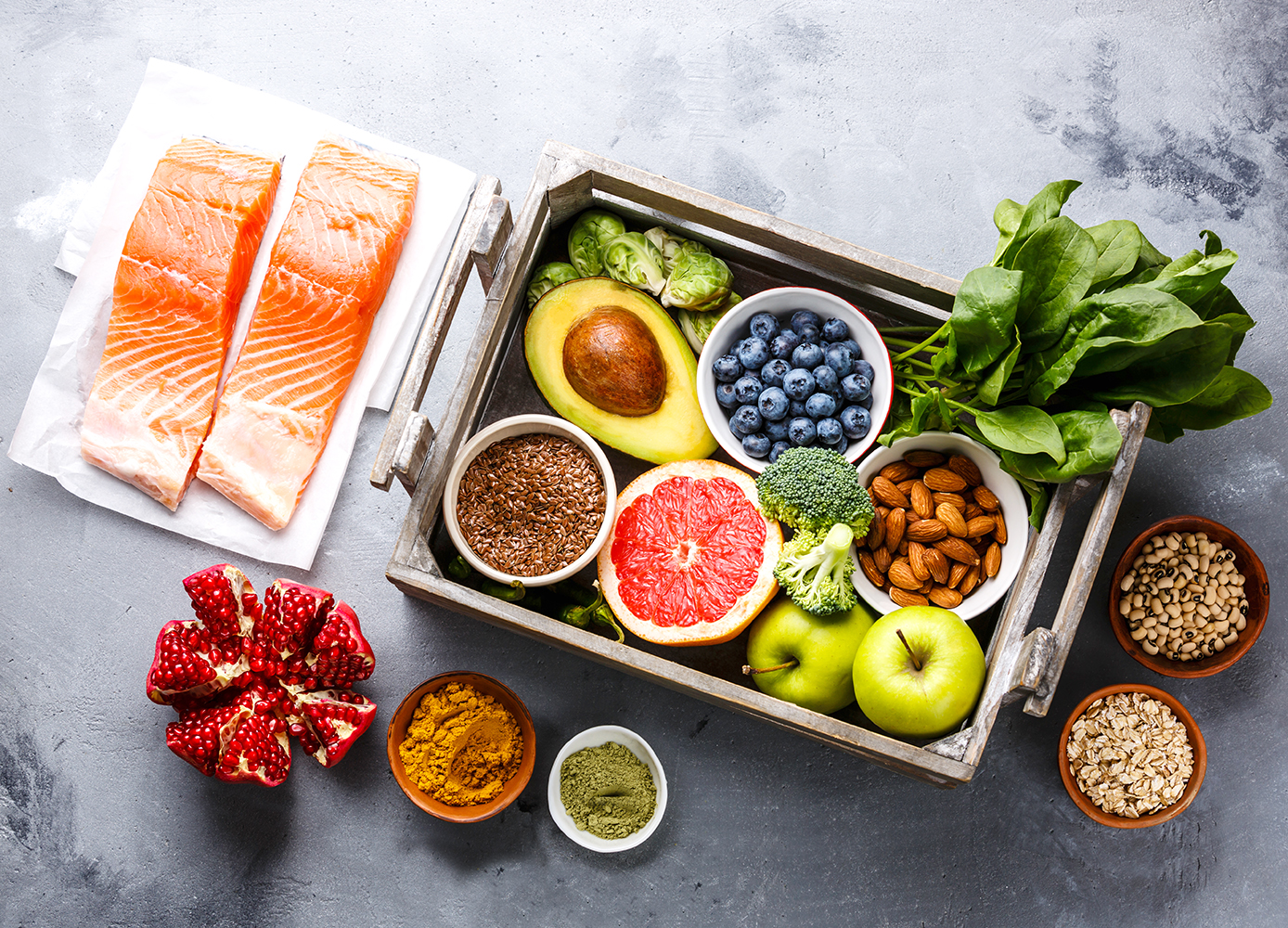Everything You Need to Know About the Flexitarian Diet

This diet is a style of eating that encourages mostly plant-based foods while allowing meat and other animal products in moderation. If you want to add plant foods to your diet but don’t want to completely cut out meat, going on a flexitarian diet is an option for you. In this article we provide you everything that you need to know about the Flexitarian diet:
What is a Flexitarian diet?
This diet was created by dietitian Dawn Jackson Blatner to help people reap the benefits of vegetarian eating while still enjoying animal products in moderation. The name is the combination of the words flexible and vegetarian.
Vegetarians eliminate meat and sometimes other animal foods, while vegans completely restrict meat, fish, eggs, dairy, and all animal-derived food products. Since flexitarians eat animal products, they’re not considered vegetarians or vegans.
This diet is based on few principles:

- Eat mostly fruits, vegetables, legumes, and whole grains.
- Focus on protein from plants instead of animals.
- You can incorporate meat and animal products.
- Eat natural forms of food.
- Limit intake of sugar and sweet items
As this diet has a flexible nature and focuses on what to include rather than restrict, it is a popular choice for people looking to eat healthier.
Benefits of this diet:
The benefits of being vegetarian carry over to this diet, which is why the Flexitarian Diet is recommended for people who are curious about vegetarianism, and occasionally for former vegans or vegetarians who may have experienced nutritional deficiencies as a result of going completely meat-free.
- Helps in weight loss
If you are trying to lose weight then you can consider this diet. For one, if you emphasize the plant-based component of this diet by eating lots of fruits, veggies, and whole grains, you’ll likely feel full on fewer calories. Thus promoting weight loss.
- Decreases the risk of heart disease
As per a study people who followed a semi-vegetarian (a.k.a. a Flexitarian) diet had a lower risk of heart disease and stroke.

- Easy to follow
One of the major advantages of going flexitarian is the diet’s flexibility and straightforwardness. It increases the chances that the diet would become a long-term lifestyle.
- Keeps you nourished
According to studies, a vegetarian diet contains a greater amount of nutrient-dense food compared to non-vegetarian diets. The Flexitarian diet emphasizes prioritizing and eating produce, which cuts down on the consumption of processed food.
Foods to eat on a Flexitarian diet:
- Proteins: Soybeans, tofu, tempeh, legumes, lentils.
- Non-starchy vegetables: Greens, bell peppers, Brussels sprouts, green beans, carrots, cauliflower.
- Starchy vegetables: Winter squash, peas, corn, sweet potato.
- Fruits: Apples, oranges, berries, grapes, cherries.
- Whole grains: Quinoa, buckwheat,
- Nuts, seeds, and other healthy fats:
- Plant-based milk alternatives: Unsweetened almond, coconut, hemp, and soy milk.
- Herbs, spices, and seasonings
- Beverages: Still and sparkling water, tea, coffee.

Animal-based products to include:
- Eggs
- Poultry: Organic, free-range, or pasture-raised.
- Fish
- Meat
- Dairy: Organic items
Eating a flexitarian diet is about limiting the consumption of meat and animal products while focusing on nutritious plant-based foods. Would you try this diet?
RELATED ARTICLES

If Your Boyfriend is a Fitness Freak!

Key Rules to Lose Belly Fat in Winters



